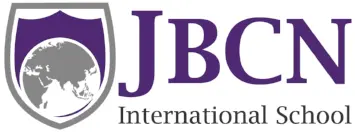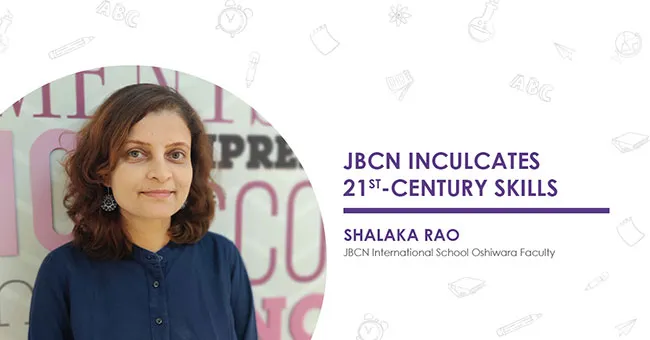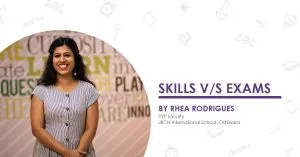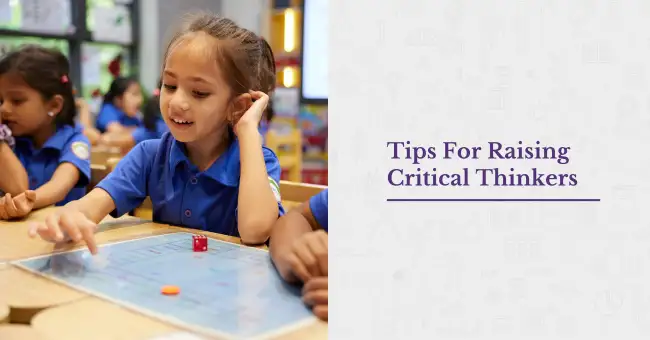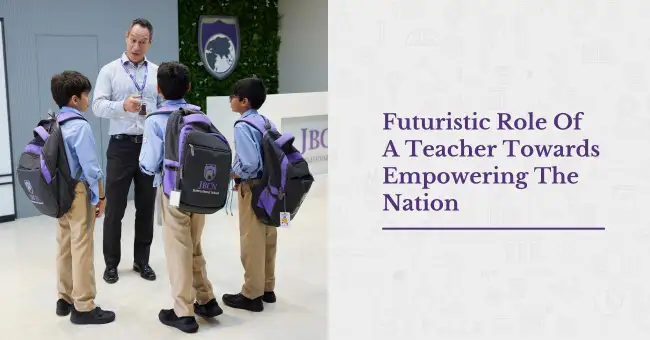
Route To Make Any Child An Active Learner
Classroom teaching and learning has witnessed greater revolutionary changes than what it was seen just a decade ago. A truly efficient teacher will barely resort to the prescribed course book(s) to teach from in the class. And with every school gearing up to be a ‘smart school’, adopting various strategies to incorporate Artificial Intelligence and Machine Learning to facilitate better 21st century pedagogical practices, one might wonder the role of the teacher in the classroom.Well, our learners today don’t need to be explained what is what. What they look forward to knowing from us is ‘how’ something is the way it is. There is a spirit of inquiry and an urge to explore the practical knowhow of things. Creating a classroom environment which is conducive to learning demands substantial amount of talking, discussion and peer-engagement among the learners. Learners are the best resources for every teacher. I would like to reiterate a tried and tested strategy which betters the learning process and makes it fun learning. As a teacher, one can get the assignments submitted by learners in the previous academic year typed out as they have been written (with all the errors) and design new worksheets for the current batch of learners. The task would ask learners not only to spot the errors but also to rectify it or redraft the assignment as per the assessment criteria or rubrics. This method would help them realize the type of mistakes they themselves tend to make, thereby, making them more alert henceforth.

Debates and role-playing certainly help build perspectives and develop one’s ideas in Language classes. Boosting the meta-cognitive skills of the learners is what should be highly recommended. An active learner is the one who is actively involved in every class activity and contributes effectively to each discussion. In order to achieve this, a lot of participation should happen from the other side of the teachers’ tables. In Math classes allow the learners to come up with alternate steps to reach the answer. While teaching how to write a Descriptive piece in a Language class, the learners may be allowed to get some photographs clicked of certain interesting corners or places in their house or school or society which may require higher order thinking skills to approach the task. A short quiz on any subject can double up as a formative assessment which can again consolidate the learning of each child as this would involve equal participation of all learners. Similarly, strategies, like conducting an impromptu interview or staging a hot seat game in the class, not only makes learning extremely productive and qualitative but also retains the interest levels in that subject and encourages learners to beat their own previous records of remarkable achievement.
Moreover, the technique of making mind-maps, spider diagrams, fish-bone diagrams, flow charts and similar other illustrations to break down the concepts of the topic taught into simpler and easily understandable format enables learners to connect better with the content and subject matter. This is quite effective in incorporating differentiation learning. Use of colours to highlight specific aspects or even the use of mnemonics to help remember complex ideas and expressions should be taken up in one’s classroom to promote active learning.
Having said that, the central idea is to have a class of interactive learners where a lot of relevant and guided discussion takes place, adding new dimensions by going beyond what is confined within the realms of the text book. Each learner will have their own interpretations and perspectives to the same stimulus. A methodical teacher will monitor the flow of the discussions adequately and know how to create an interactive learning environment for the learners.
Mr. Abhinandan Bhattacharya
CAIE and IBDP English Language and Literature Facilitator,
Teacher Trainer, Cambridge University Press, India
JBCN International School, Oshiwara
